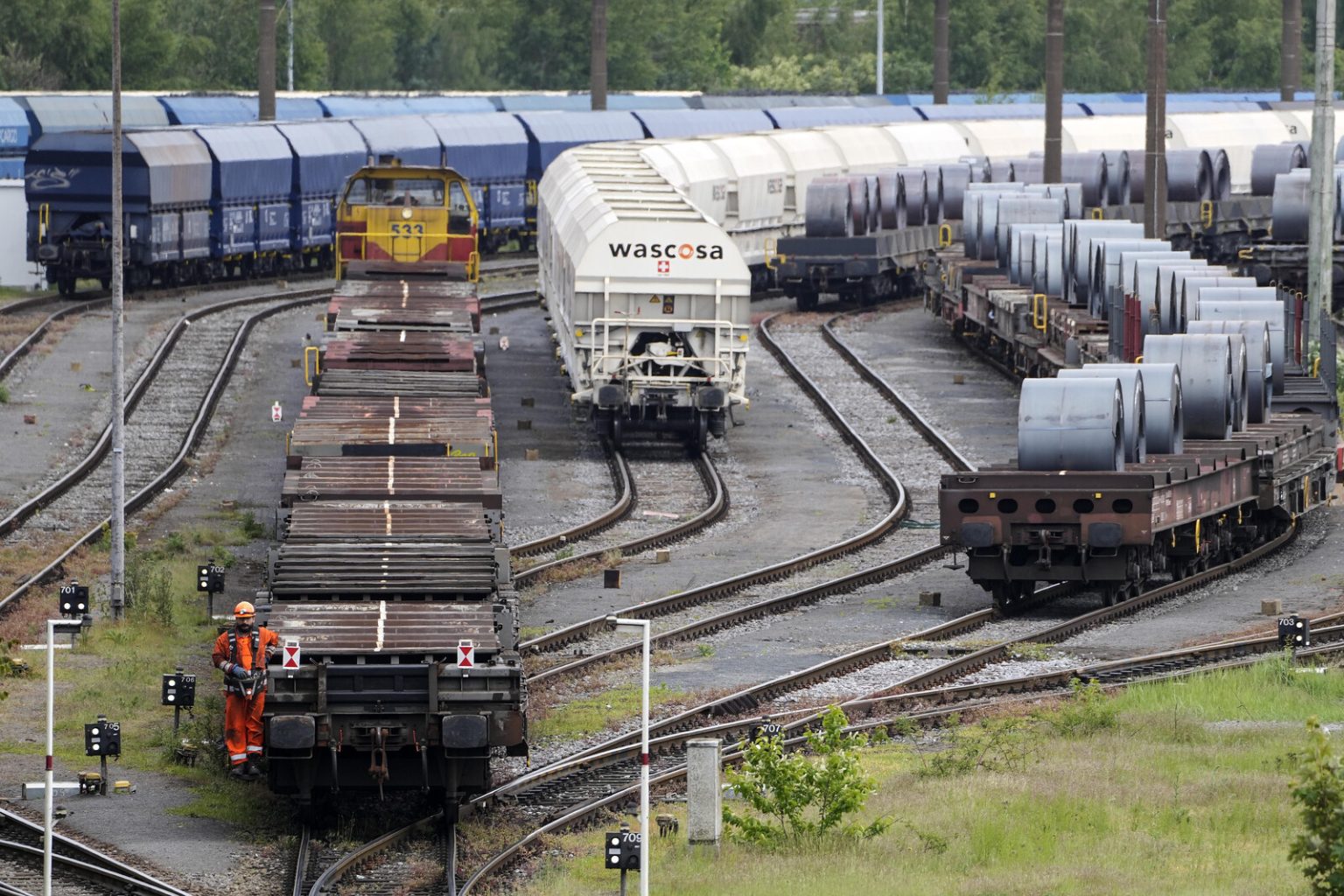The Eurozone’s industrial production experienced a modest uptick of 0.2% in November 2024 compared to October, matching analysts’ predictions. This subtle growth, while positive, sits against a backdrop of a broader contraction in the industrial sector. Over a yearly horizon, the Eurozone’s industrial production fell by 1.9%, also aligning with market expectations. This indicates an ongoing struggle within the Eurozone’s manufacturing and industrial sectors, suggesting persistent challenges in overcoming economic headwinds. The slight monthly increase may be interpreted as a flicker of stability, yet the continued annual decline underscores the need for sustained recovery efforts.
Delving into specific member states, Germany, the Eurozone’s largest economy, demonstrated a more robust monthly increase in industrial production, rising by 1.3% in November compared to October. This suggests a possible resurgence in German manufacturing activity. However, a closer look at the annual figures reveals a decline of 3.3%, highlighting that even Germany, a traditional industrial powerhouse, is grappling with a protracted period of reduced output. This disparity between the monthly and annual figures emphasizes the complexity of the current economic scenario, suggesting potential short-term improvements while longer-term challenges persist.
In contrast to the overall Eurozone trend and Germany’s mixed picture, Sweden, while not a Eurozone member, showcased a more positive performance. Swedish industrial production grew by a healthy 1.7% month-on-month in November, and crucially, also registered positive growth year-on-year, posting a 0.8% increase. This divergence from the Eurozone trend suggests that Sweden might be navigating the current economic turbulence more effectively, perhaps due to differing economic policies, industry structures, or market conditions.
The contrasting performances of the Eurozone as a whole, Germany, and Sweden underscore the uneven nature of the current economic landscape. While a marginal monthly increase in the Eurozone offers a glimmer of hope, the continuing annual decline paints a picture of ongoing challenges. Germany’s performance, while showing some positive signs on a monthly basis, remains significantly negative year-on-year, indicating the depth of the economic slowdown the country faces. Sweden’s positive performance on both monthly and annual fronts sets it apart, suggesting resilience and adaptability in its industrial sector.
These figures raise important questions about the underlying factors driving these divergent trends. Factors such as energy prices, supply chain disruptions, inflation, and the ongoing war in Ukraine continue to influence economic activity across Europe. The varying impacts of these factors on different countries underscore the complex interplay of global and local economic forces. Analyzing these differences can provide valuable insights into strategies for promoting industrial recovery and growth. Further investigation is needed to understand the specific drivers of each country’s performance and to formulate targeted policies for future economic stability.
Moving forward, close monitoring of these trends will be crucial for policymakers and businesses alike. The slight monthly increase in the Eurozone provides a fragile foundation for optimism, but the persistent annual decline calls for sustained efforts to address the underlying economic vulnerabilities. Understanding the reasons behind Sweden’s positive performance could offer valuable lessons for other countries grappling with industrial decline. The coming months will reveal whether the Eurozone and Germany can build upon their modest monthly gains and navigate a path toward sustainable industrial recovery, or whether they will succumb to the prolonged pressures weighing down the sector.














